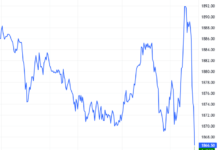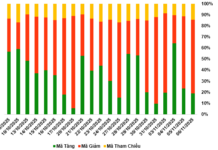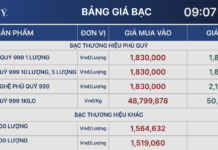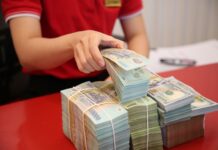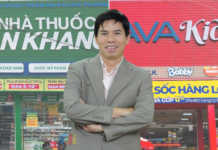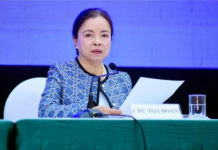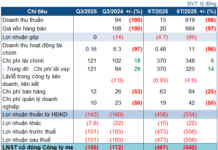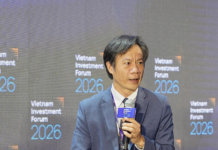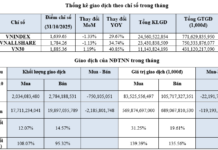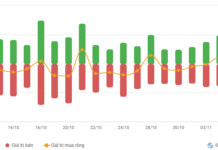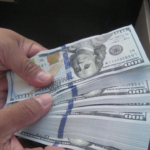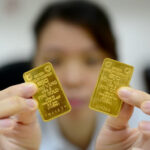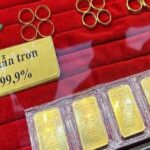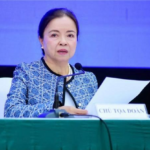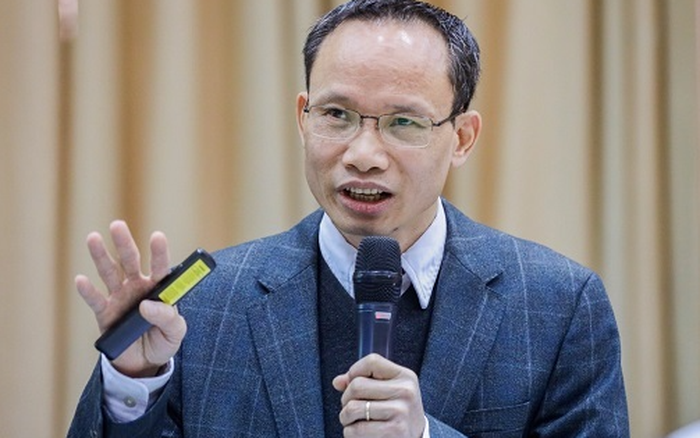
Dr. Can Van Luc, Chief Economist at BIDV, Member of the National Financial and Monetary Policy Advisory Council
At the 2025 Housing Real Estate Forum themed “Satellite Waves,” Dr. Can Van Luc, Chief Economist at BIDV and Member of the National Financial and Monetary Policy Advisory Council, revealed that as of September 12, the USD had depreciated by approximately 10%, while the VND had weakened by 3.4%—one of the few currencies to lose value against the USD.
According to Dr. Luc, four primary factors contribute to this development:
First, Vietnam’s balance of payments is in deficit. While goods exports show a surplus, services—particularly tourism and logistics—remain in deficit due to subpar performance.
“We have reported these issues to the Prime Minister, emphasizing the urgent need to enhance tourism and logistics to balance trade in goods and services. This is critically important,” Dr. Luc stressed.
Second, recent tariff instability has heightened investor uncertainty, both domestically and internationally, leading to increased foreign currency hoarding. Third, significant gold price volatility has complicated smuggling activities, putting pressure on the foreign exchange market.
Additionally, interest rate differentials play a role. The U.S. maintains rates between 4.2% and 4.5%, while Vietnam’s central bank aims to keep rates low, aligning interbank lending rates with U.S. levels. Consequently, foreign capital is exiting Vietnam to seek higher returns abroad.
“The Governor has suggested that, under certain conditions, interest rate adjustments may be necessary,” Dr. Luc noted.
Dr. Luc predicts exchange rate stability through year-end and into next year as the Fed lowers rates. He also highlights Decree 232’s role in easing gold market pressures, which should reduce exchange rate volatility.
“The USD exchange rate will stabilize, with the VND’s maximum annual depreciation capped at around 4%,” Dr. Luc forecasts.
Addressing concerns about potential interest rate hikes, Dr. Luc affirmed that the State Bank of Vietnam (SBV) will not raise rates. The SBV currently maintains overnight lending rates above 4%.
The Prime Minister has also directed efforts to keep lending rates low, despite potential increases in deposit rates or the allure of gold, stocks, and real estate.
The Golden Peak: A Market Analysis of Soaring Gold Prices and Exchange Rates
This morning, domestic gold prices surged to a new peak. The USD exchange rate cooled off as the State Bank intervened.

